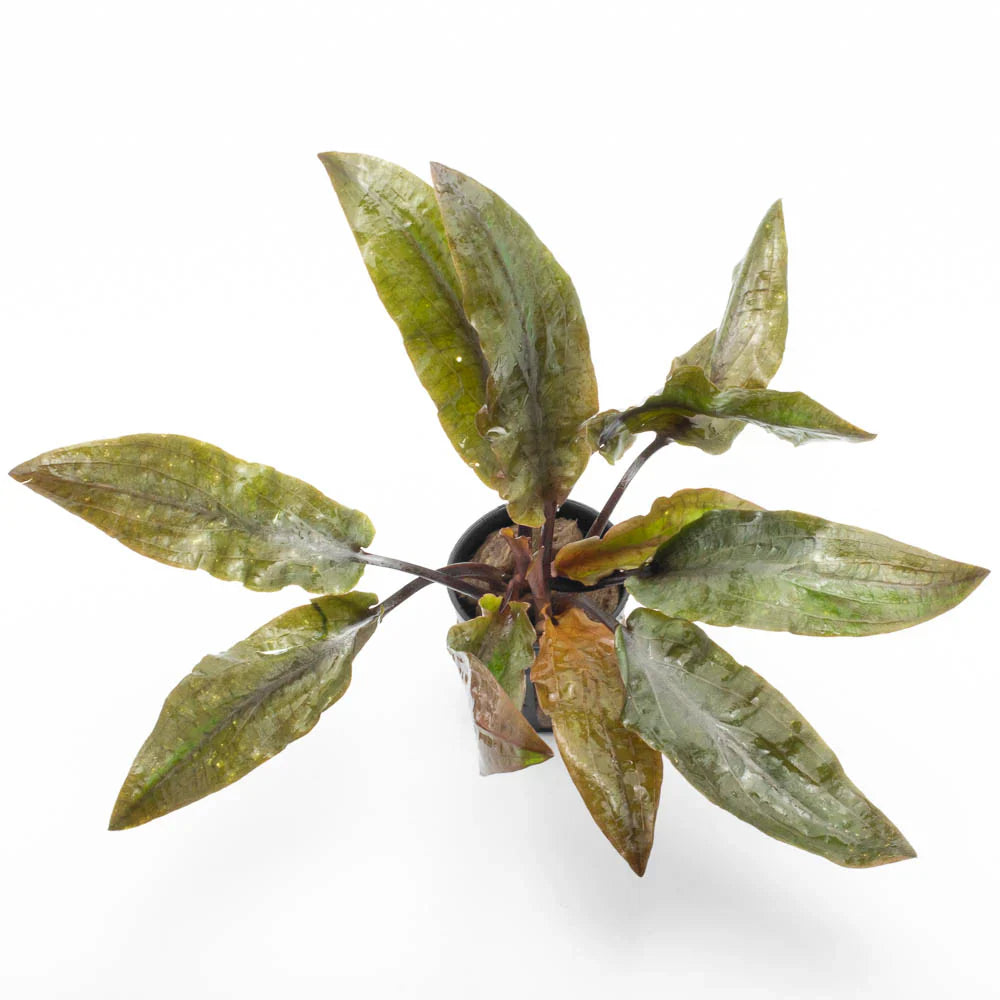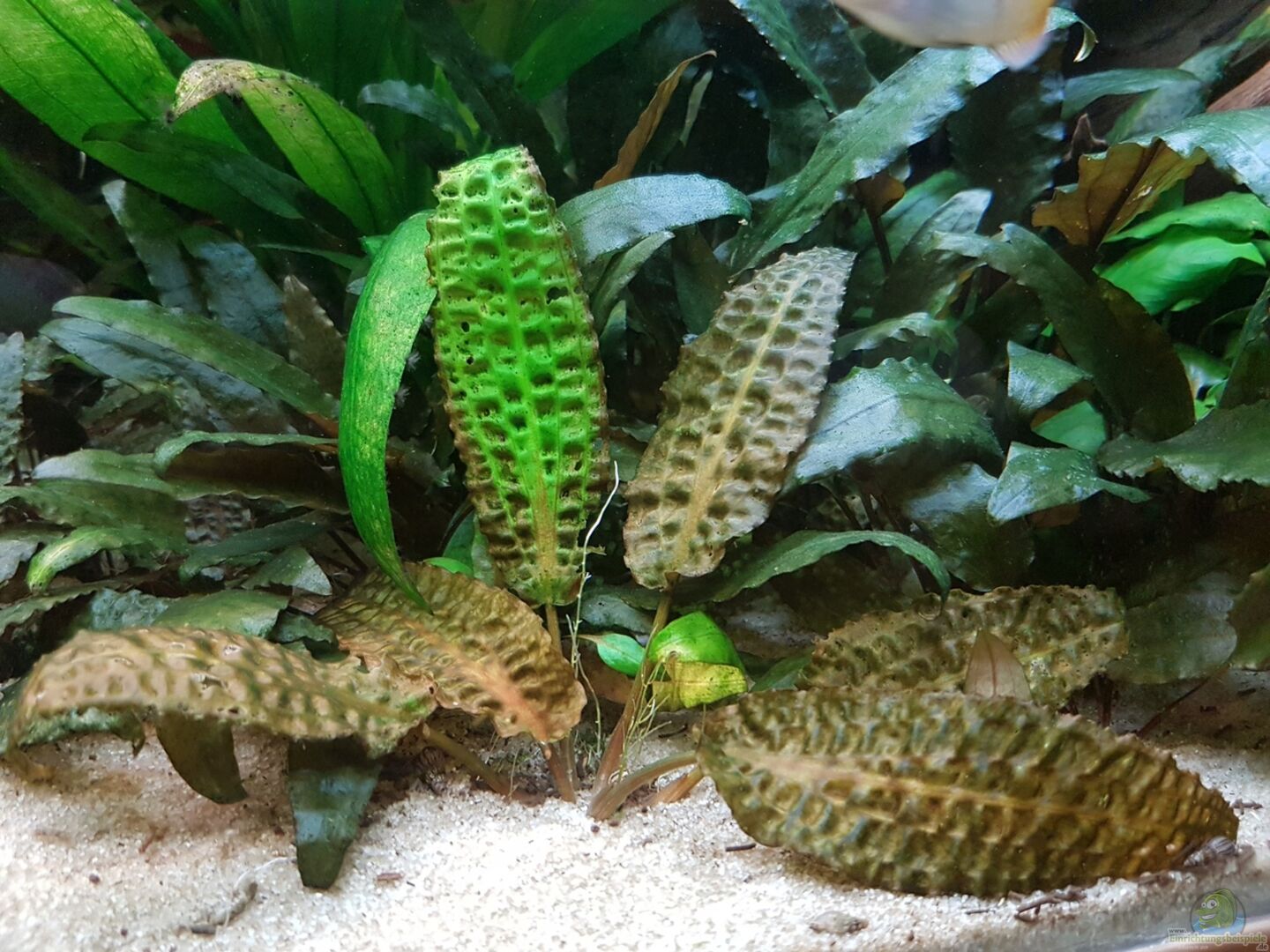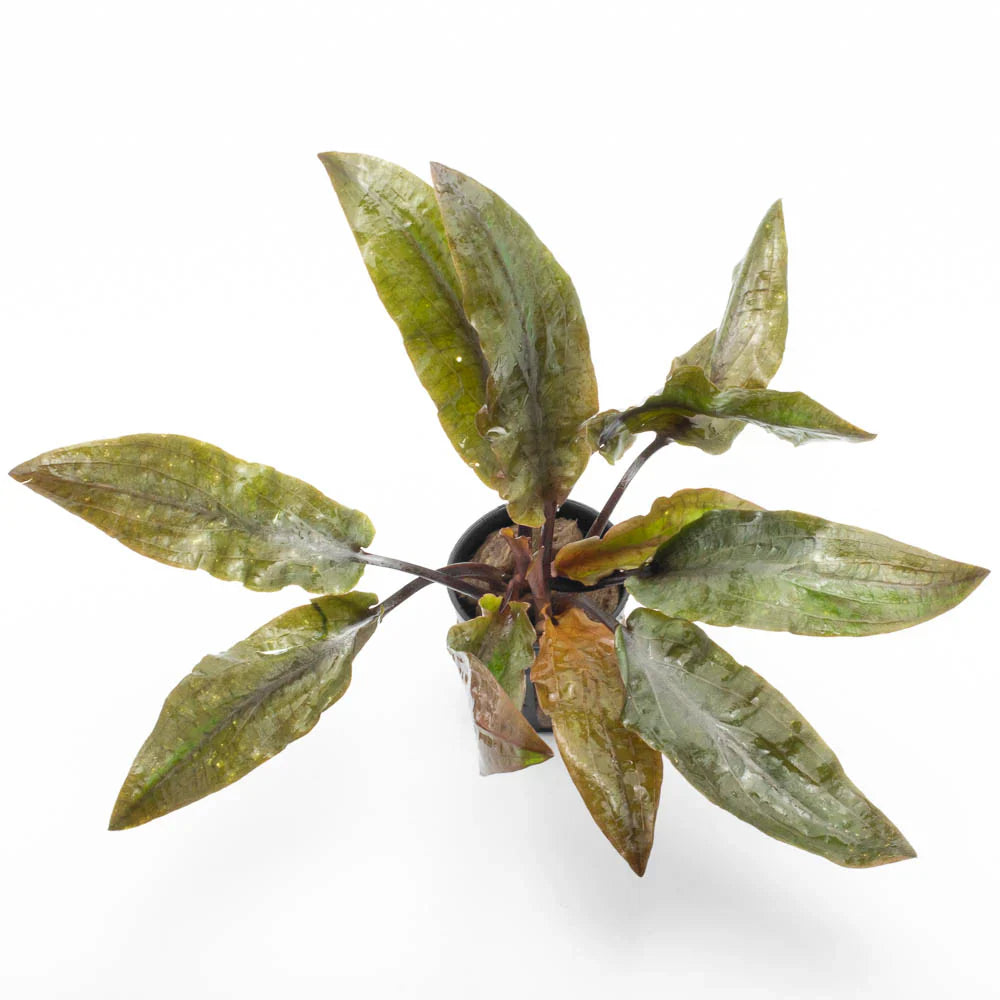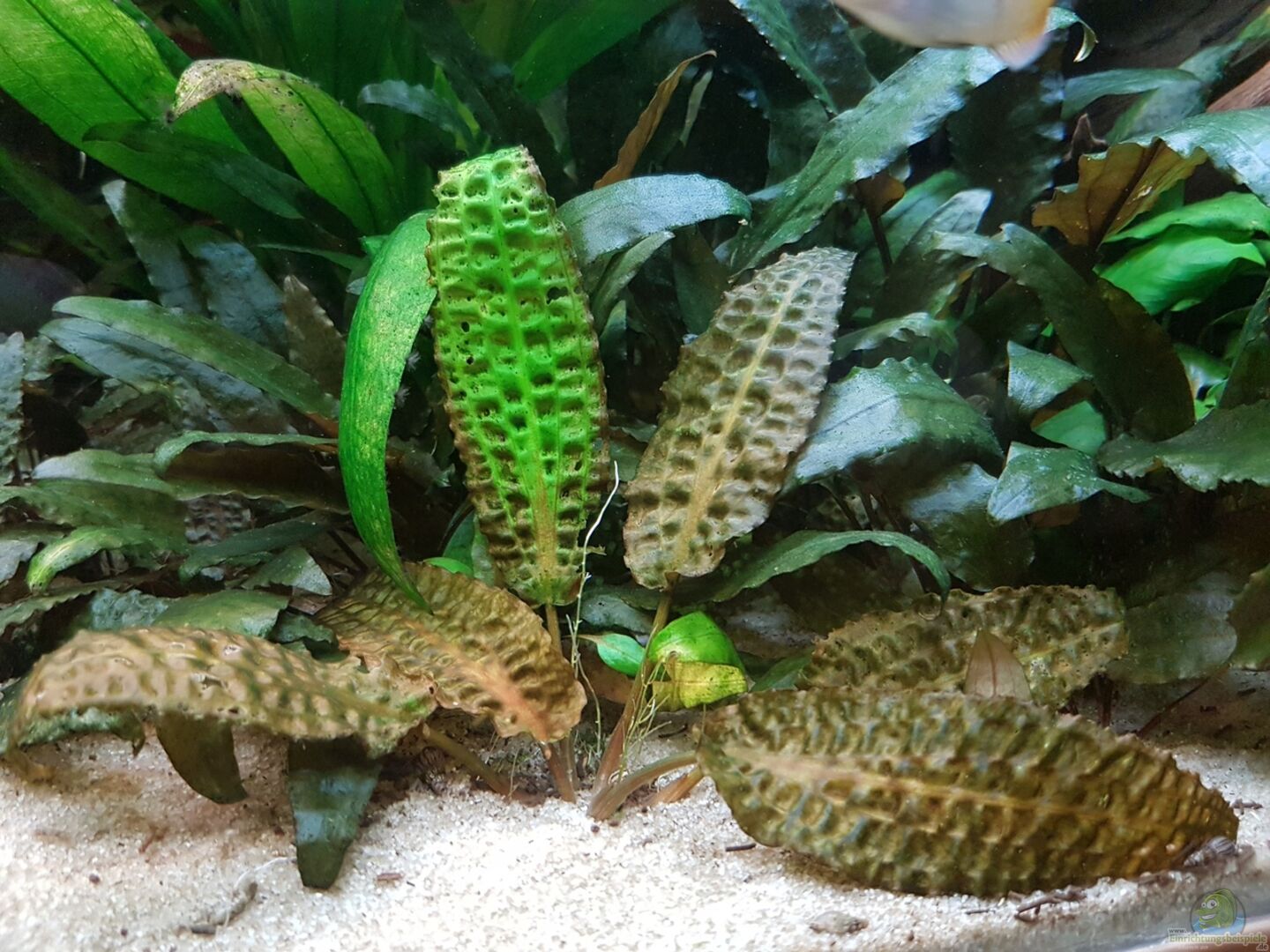🌿 Cryptocoryne Hudoroi - Rare Freshwater Aquarium Plant
Introduce a touch of elegance to your aquarium with the rare Cryptocoryne Hudoroi. Known for its thick, textured green leaves and slow-growing nature, this plant is perfect for creating a natural, jungle-like aquascape. Hardy and adaptable, it’s an excellent choice for both beginners and experienced aquarists.
Cryptocoryne Hudoroi Quick Facts
| Feature | Details |
|---|---|
| 🌍 Origin | Southeast Asia |
| 📏 Size | 6 - 12 inches |
| 💡 Lighting | Low to moderate |
| 🌡️ Temperature | 72°F - 82°F (22°C - 28°C) |
| 💧 pH Range | 6.0 - 7.5 |
| 🎨 Color | Dark green with wavy, textured leaves |
| 🪴 Position in Tank | Midground to Background |
| 🌟 Difficulty | Beginner-friendly (easy to moderate) |
| 🐟 Compatibility | Betta fish, Neocaridina/Caridina shrimp, snails, community fish |
Why Choose Cryptocoryne Hudoroi?
- ✔️ Rare and exotic – A unique addition to any aquascape.
- ✔️ Thick, textured leaves – Adds depth and natural aesthetics to aquariums.
- ✔️ Low-maintenance – Thrives in low-tech setups with minimal care.
- ✔️ Provides natural shelter – Great for fish and shrimp seeking hiding spots.
- ✔️ Improves water quality – Absorbs excess nutrients and stabilizes tank conditions.
How to Care for Cryptocoryne Hudoroi
Care Tips
- Lighting: Grows well in low to moderate lighting, making it ideal for low-tech setups.
- Placement: Works best as a midground or background plant due to its moderate height.
- Substrate: Prefers nutrient-rich substrate; root tabs encourage strong growth.
- Fertilizer: Occasional root fertilization helps maintain healthy leaves.
- Maintenance: Trim older or melting leaves to promote new growth.
Propagation Steps
- Wait for Runners: The plant naturally produces side shoots or runners.
- Separate the Baby Plants: Once plantlets develop roots, gently separate them from the main plant.
- Replant: Place the new plantlets into the substrate and allow them to establish.



